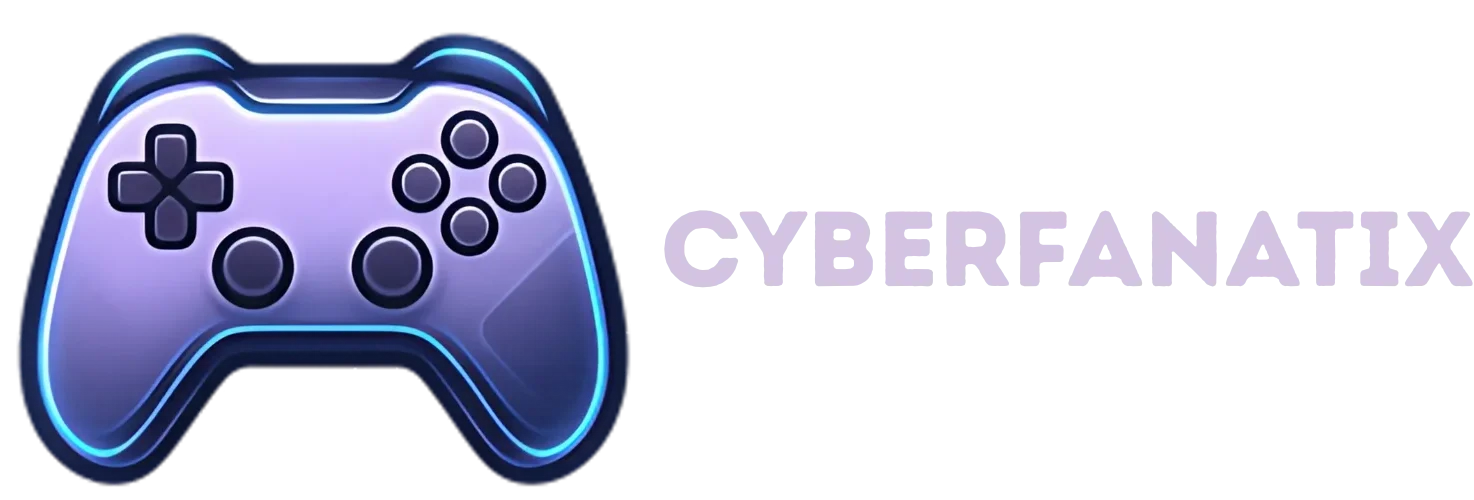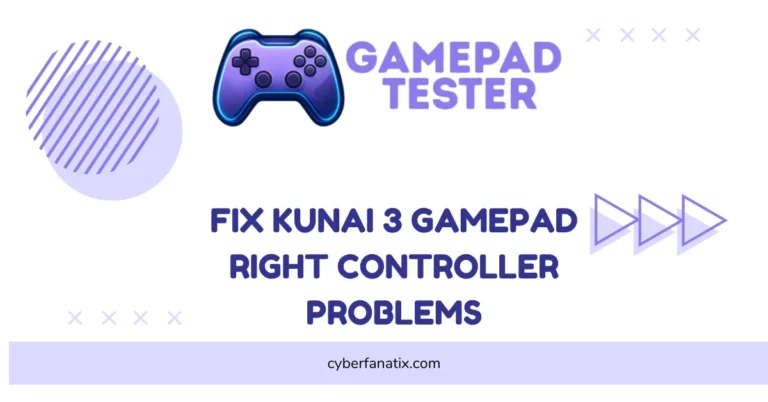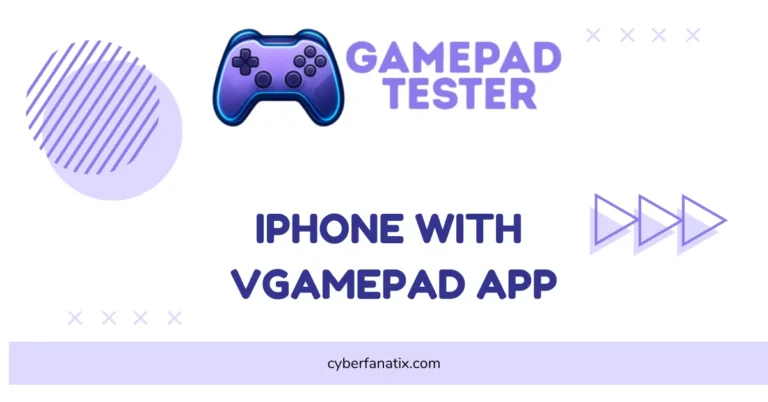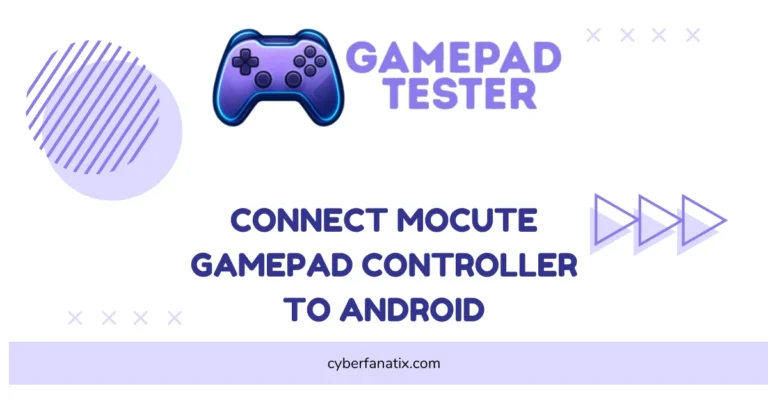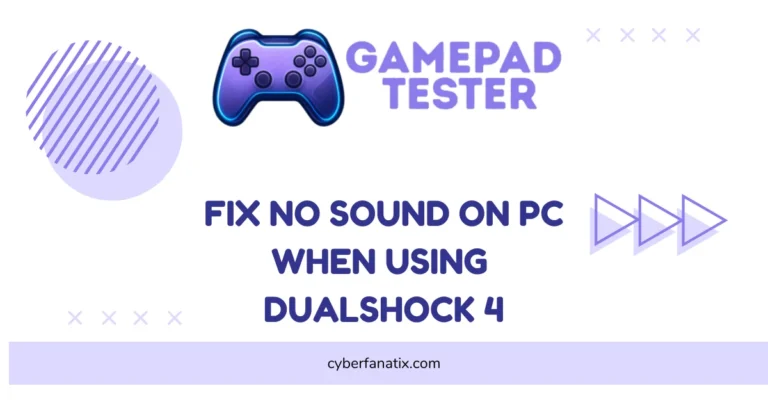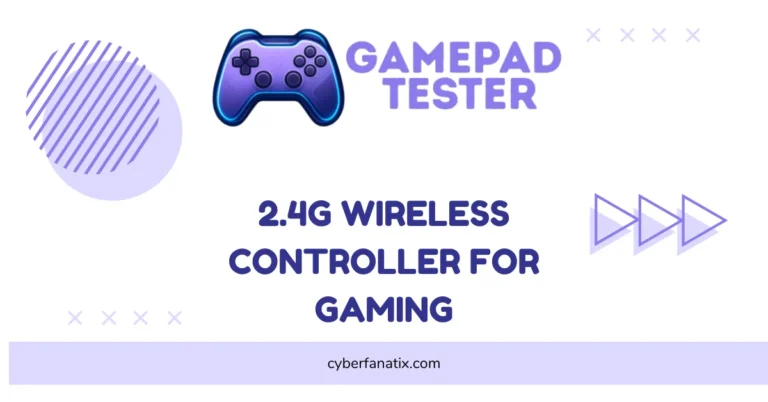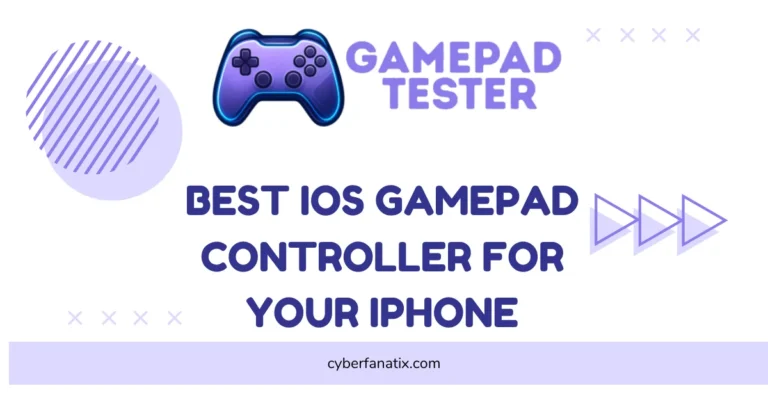Finding the Best Gamepad for Xiaomi Device
I’ve noticed that playing games on a touchscreen can be pretty limiting. It’s hard to get good control, and your fingers block the screen sometimes. Using a gamepad for your Xiaomi phone makes gaming easier and more fun.
But here’s the thing: not all game controllers work well with Xiaomi phones. Some don’t connect easily via Bluetooth, others have short battery life, or don’t support Xiaomi’s MIUI features like Game Turbo mode. Picking the best gamepad for Xiaomi phone means finding one that fits these needs.
In this guide, I’ll share tips on what to look for in an Android game controller, how to set it up with your Xiaomi, and some top Bluetooth controllers for Xiaomi users. Whether you play PUBG, COD Mobile, or use emulators, having the right mobile gaming accessory makes a big difference.
Plus, I’ll point out controllers with official “Made for Android” certification to help you pick reliable gear. Before you buy, check out these gamepad controller tips to make the right choice.
Check Compatibility Before Buying a Gamepad for Xiaomi
Compatibility is key when picking a gamepad for your Xiaomi phone. If it doesn’t work well with your phone’s system, gaming will feel laggy or broken.
- Check Android Version: Make sure your Xiaomi phone runs Android 8.0 or higher. Many controllers need this to work.
- Verify Fit: Check if the controller fits your phone, especially if you use a case. Size matters for comfort.
- Choose Certified Controllers: Look for Razer Kishi for Xiaomi, Gamesir models, or Xiaomi Gamepad Elite Edition. These support MIUI’s Game Turbo feature for better gaming performance. For iPhone users looking for MFi-certified options, our Best iOS Gamepad Controller list can help too.
You can also check official compatibility charts or Xiaomi forums to see which controllers other users recommend.
Choose the Right Connection Type for Gaming Performance
How your gamepad connects to your Xiaomi device changes how well it plays. Here’s a quick look at the options:
Bluetooth
- Pros: Wireless and easy to set up.
- Cons: Can have delays, interference, and drains battery faster.
USB-C
- Pros: Lower delay and you can charge your phone while playing.
- Cons: Needs a cable and may not work with all devices.
Wi-Fi
- Pros: Best for cloud gaming with the lowest delay. Some advanced controllers like the 2.4G Wireless Controller or Wi-Fi-ready devices give smoother results.
- Cons: More expensive, tricky to set up, and not always compatible.

For the best play, I’d say USB-C or Wi-Fi connections work better than Bluetooth. Controllers like Razer Kishi V2, SteelSeries Stratus Duo, and Xbox Core Controller use these connections to keep lag low.
Essential Features for the Best Gaming Experience
I’ve seen how basic gamepads can work fine, but having extra features really changes the game. These features make playing smoother, more fun, and less tiring, especially for long sessions on your Xiaomi phone.
Programmable Buttons
Some gamepads let you map buttons how you want. It’s super handy when games need quick combos or tricky moves. For example, the 8BitDo Bluetooth Gamepad Pro 2 lets you set up buttons your way, so you don’t have to stretch your fingers awkwardly.
Rumble Vibration
Rumble vibration gives real feedback when something happens in the game, like shooting or getting hit. It makes the experience feel alive. Gamesir X3 has great rumble vibration, which works well with many Android games.
Cooling Fan
Long gaming can heat up your phone and controller. A built-in cooling fan helps keep things cool, so nothing slows down. The Razer Raiju Mobile includes this, making it good for marathon gaming.
Phone Mount
Having a phone mount on the controller keeps your screen steady and at a comfy angle. It stops your hands from cramping and makes it easier to see the action clearly.
Pro tip: Some advanced controllers, such as the Ipega Bluetooth Controller, use Hall Effect joysticks. These prevent stick drift and last longer than regular ones. Also, Turbo Mode can help if you play fighting games and need fast repeated presses without tiring your fingers.
Choosing a gamepad with these features means better control and a more enjoyable gaming time on your Xiaomi device.
Why Battery Life Matters for Gaming Sessions
Long gaming sessions need a gamepad that won’t die quickly. Having good battery life means less interruptions and more fun.
- Battery life usually ranges from 8 to 40 hours depending on the controller.
- Look for USB-C charging since it’s faster and easier to use.
- Some gamepads like the HD-151X Wireless Gamepad Controller have removable batteries or docking stations for extra playtime.
- Pass-through charging lets you play while the controller charges—super handy!
- LED lights or app indicators show battery status so you’re never caught off guard.
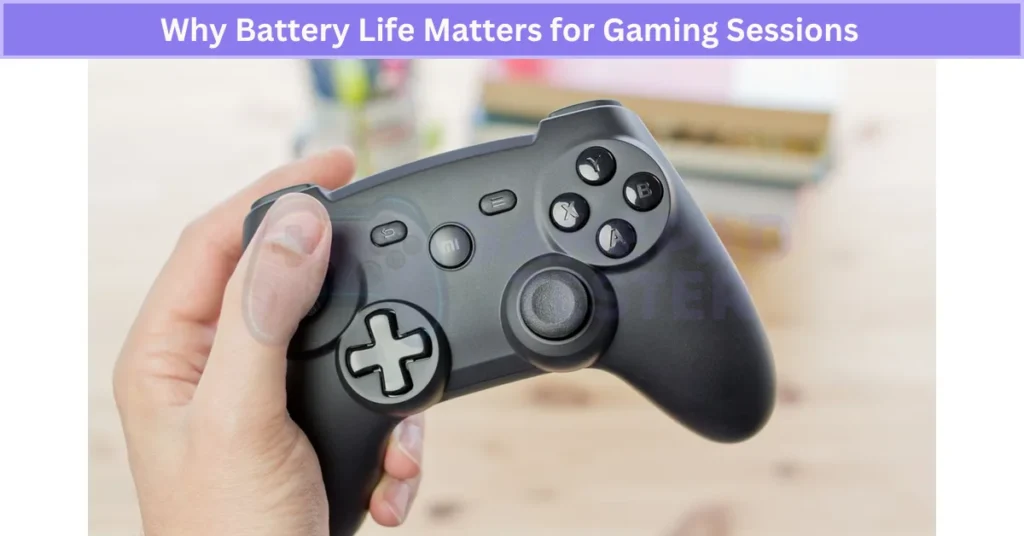
Controllers with fast-charging support help cut down downtime. For Xiaomi users, checking these battery life features makes a big difference in mobile gaming comfort.
How Latency Affects Your Game Performance
Latency means the delay between your button press and what happens on screen. In fast games like shooters or racing, even small lag can cost you.
- Bluetooth is easy to use but can add some input lag. Newer Bluetooth 5.0 helps reduce this compared to older versions.
- USB-C wired connection cuts lag to almost zero. It’s best for serious gaming on Xiaomi phones, especially FPS and racing games using OTG mode.
- Wi-Fi works great for cloud gaming since it offers low latency if your internet is strong.
To cut down lag, turn on Xiaomi’s Game Turbo mode and close any apps running in the background. This helps your controller response time and makes the game feel smoother.
If you want the lowest input lag, go wired. But if you prefer wireless, look for Bluetooth 5.0 controllers for better speed.
Setting Up and Using Your Gamepad on Android: Complete Guide
Setting up your gamepad right after buying it helps avoid problems and makes gaming smooth on your Xiaomi phone. Here’s a step-by-step guide to get you started, from pairing to testing.
Installation
Bluetooth
Turn on Bluetooth on both your Xiaomi phone and the gamepad. Scan for available devices, select your controller, and confirm pairing. Keep your controller’s firmware updated before the first connection for better performance.
Enabling OTG Support for Wired Controllers
For wired controllers, your Xiaomi phone needs OTG support to recognize the device. You can check this in settings or use an OTG tester app. Enabling OTG ensures your wired USB-C controller works properly.
USB-C
Plug your gamepad into your phone’s USB-C port. If prompted, allow data transfer to let the phone communicate with the controller. USB-C connection reduces input lag and can support pass-through charging.
Wi-Fi
Some controllers connect over Wi-Fi or use Direct/Miracast. Connect your phone to the controller’s Wi-Fi network or use the official app for setup. This method suits cloud gaming controllers or certain premium models.
Configuration
Button Mapping
Use your controller’s app or your game’s settings to customize button layouts. For devices with more manual setup, guides like the iPhone with VGamepad App article can give similar mapping tips. This lets you set buttons where they feel easiest to reach.
Sensitivity
Adjust joystick and trigger sensitivity for faster or more precise movements. You can usually do this through the controller’s app or in-game settings.
Vibration
Turn rumble vibration on or off depending on how much feedback you want. Vibration adds realism but can drain battery faster. You’ll find more examples of this tactile feedback on models reviewed in our Joystick Controllers guide.
Optimization
Display Brightness
Set your screen brightness to a level that’s comfortable and saves battery. Avoid keeping it too high during long sessions.
Sound Volume
Balance game sounds and notifications. You can also use sound enhancer apps for better audio.
Battery Saver Mode
Disable battery saver during gaming or add exceptions for your games to avoid slowdowns.
Reducing Input Lag in Bluetooth Mode
Keep your phone and controller close. Turn off other nearby Bluetooth devices to avoid interference. Use Xiaomi’s Game Turbo mode to reduce latency. For extra stability, enable Developer Options and disable Bluetooth A2DP offload.
Testing the Controller
Using Built-in Android Gamepad Tester
Some Xiaomi phones have a gamepad tester in Developer Options. It shows which buttons and sticks respond when you press or move them.
Third-Party Apps for Calibration
Use apps like Gamepad Tester from the Play Store to recalibrate joysticks and check input lag. It’s good to do this after updating your controller’s firmware.
Real User Fixes & Community-Backed Solutions
I found a Reddit discussion about a new Redmi game controller recently released in China for around $70. What caught attention was its support for vertical mode gaming on Android phones—a feature many emulators could benefit from—and a possible space for a cooling fan.
While the design is praised for innovation and portability, users debated the circular D-pad, with some preferring classic cross styles from Nintendo or PlayStation, while others liked the new approach for easier diagonal inputs. A few concerns were raised about having to charge both controller halves separately and potential battery imbalance between the two sides. Overall, the controller seems promising but awaits a global release.
Final Verdict
If you’re serious about mobile gaming, using the right gamepad for Xiaomi phones can completely change the experience. It gives you better control, smoother performance, and less screen clutter compared to touch controls. Whether you prefer a wired connection for zero latency or a Bluetooth option for portability, the right choice depends on how you play.
Look for features like long battery life, comfortable design, and compatibility with MIUI’s Game Turbo mode. With a well-matched gamepad for Xiaomi, your device feels more like a console, making games like PUBG, COD Mobile, and emulators far more enjoyable.
